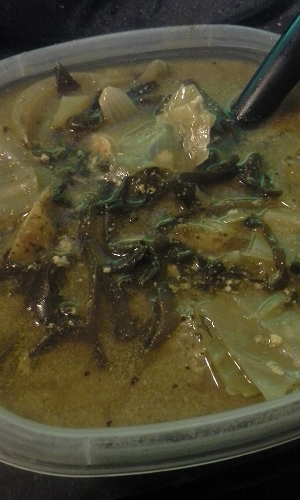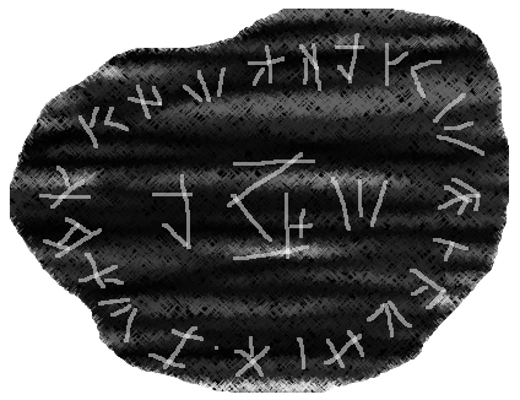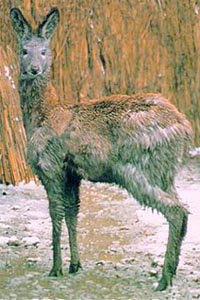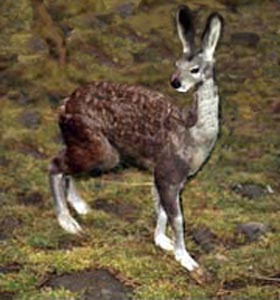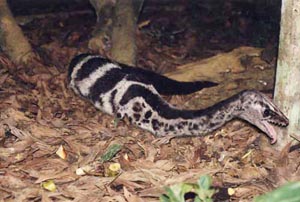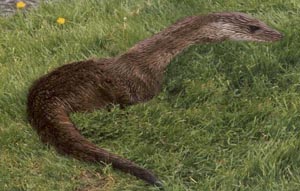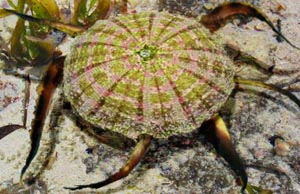
I keep getting questions about where I started with all my worldbuilding. and feel that it is time to share some of that story with the world.
In some of my earliest memories, I recall having my mother draw me quite elaborate pictures to colour, based on what I told her to draw. Mostly these were battle scenes where tiny soldiers rode on the backs of dragon flies or frogs, and other such creatures and fought in swamps, or trees. I still copy her freehand style when sketching plants, and insects to this day. A lot of the ideas came from outdoor nature walks along the local creeks or beaver ponds near my home.
This early focus on ecology of alien or fantastic worlds stayed with me. I still have a old primary school notebook, in which I drew various plants and animals from fictional planets, heavily inspired by Star Wars ™, as Hoth was one of the planets I included in that spread.
I also used to tell stories when playing with LEGO as a kid. These often had the same basic narrative of a single space man, marooned on a trash heap planet, and he needed to gather resources from the pile of bricks to build a spaceship to escape. This necessitated building intermediate machines for plowing, and digging through the pile. I was never satisfied with just building the ship, vehicle or base that came in the box, and always made my own designs. I think that somewhere around the age of 16 or 17 he finally escaped, and I kept that ship intact for years.
My storytelling became more character oriented after I was given Dungeon and Dragons for my 10th birthday. Escaping into role-play and the character driven stories of my own design was a welcome addition to the horror, fantasy, and science fiction books I read. Naturally these characters needed a place to call home, so I would develop towns and villages to fill that need as well.
The World of Entorais specifically began as a campaign world for Advanced Dungeons & Dragons, as the published material for the world setting felt too “kitchen sink” and haphazardly thrown together for my tastes. Drawing from inspirational early authors such as J.R.R. Tolkien, Isaac Asimov, Piers Anthony, Barbara Hambly, Terry Brooks, and many others, I started refining my own version of a fantasy world. Over the last three decades it has grown and changed, but some key elements remained, and I’ve generally kept the world as a low fantasy setting, wherein magic exists, but is not as ubiquitous as in many fantasy realms.
Inspired by the book After Man: A Zoology of the Future by Dougal Dixon, I wanted to create a unique ecology for the Entorais. However, as some familiar creatures would help keep the world relatable for my audience, I needed to come up with what for me seemed a plausible answer to having both familiar Earth creatures, and strange fantasy creatures together in one place. My solution was to have Earth creature seeded onto the planet in a manner that allowed some of them to replace existing fauna and create a hybrid ecology.
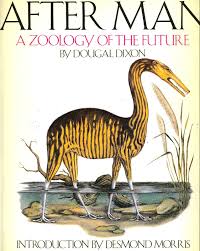
I had created random animal generator tool for use with various role-playing games already, and adapted some of the results from those to find patterns of similar creatures. Working from a sub-set of body plans I could created whole families of related species. A similar tool for generating random plants followed, and combined with the animal tool I could fill out my world’s ecology. I still revisit those tools from time to time when I’m stuck for inspiration.
A second source for inspiration was the “Worth 1000” Photoshop contests where digital photo artists would create hybrid animals. I even tried to make a few of my own using that art tool. Two examples of related animals below.
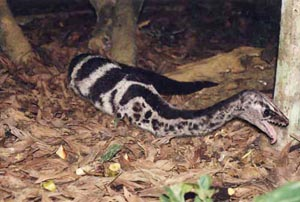
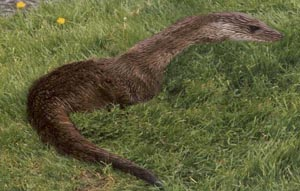
Over the long lifetime of the World of Entorais I have always come back to it. I doubt I’ll ever finish, as it has grown to such a point that there is room for more detail, or to tell stories at all levels and themes. I only started sharing it in any public manner a handful of years ago.
My advice to others new to worldbuilding is to start small. Entorais is more than 30 years old, and it didn’t become what it is overnight. It began as a single village. It’s geography has shifted drastically from the original placement of the few nations and cultures I had started with. One archipelago in the world began as a interesting coffee stain, that I thought looked like a chain of islands. The pantheon of gods worshipped in Waejir began as a challenge between my post-university roommate and I where we tried to create strange new gods. Some of the stories played as RPGs became canon historical material for my world’s lore, and characters played by friends are still around as people in the world.
I am also a fan of “there are no bad ideas”. Something might not be right for the world one is building at the moment, but it can be set aside for another project or revisited and revised later to fit the existing project. Likewise, there is no perfect medium for storytelling. Everyone has different talents when it comes to expressing ideas through art, and one should find what medium works best for themselves and lean on your strengths.
While I began this world with the intent of using it for table-top roleplaying games, it has been useful for many other things as well. Speculative biology, thought experiments in alternative history or cultures, inspiration for culinary experiments, source subject matter for art, and, as always, a venue for storytelling.
I strongly believe that one shouldn’t be afraid of letting a creative project become more than it was intended. It is my hope that my work will inspire others to make their own art or tell their own stories and bear new fruit from the old branches I’ve laid out.

